First Things First: What the Heck Are Food Stamps Anyway?
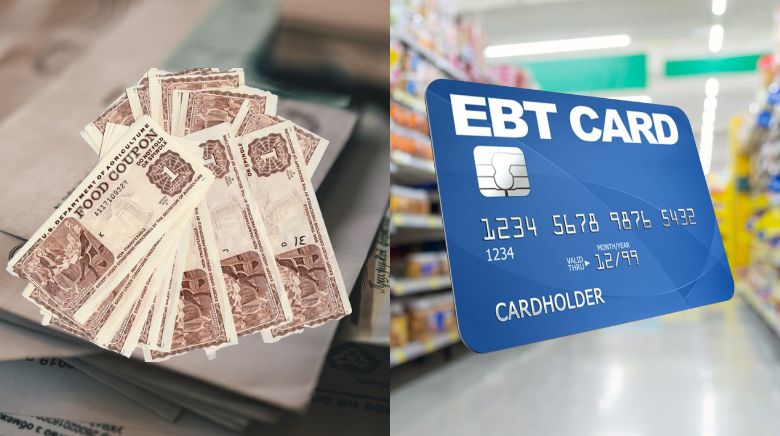
Let’s start with the basics. Food stamps aren’t actual “stamps” anymore (they ditched those paper coupons back in 2004!). Today, they’re benefits loaded onto a plastic card called an EBT card (Electronic Benefits Transfer) that works just like a regular debit card. You swipe it at the grocery store, and boom—you can buy food without using cash.
The official name is the Supplemental Nutrition Assistance Program, or SNAP for short. It’s designed to help folks who are having a tough time financially to put food on the table. Think of it as a helping hand when you’re going through a rough patch
Can YOU Get Food Stamps? Let's Figure It Out!

Not everyone qualifies for SNAP, but way more people are eligible than you might think! Here’s how to know if you might qualify.
It's Mostly About Your Income
- Your gross income (that's your total income before taxes and deductions) usually needs to be at or below 130% of the federal poverty level.
- Your net income (what you actually take home after certain deductions) typically needs to be at or below 100% of the federal poverty level.
Other Stuff That Matters
Income isn’t the only thing they look at:
- Assets and Resources: In most states, you can't have more than $2,750 in your bank account ($4,250 if someone in your household is elderly or disabled). But many states have gotten rid of this rule entirely
- Work Requirements: If you're between 18-49 and don't have kids or disabilities, you might need to be working or in a work program. But there are TONS of exceptions to this rule.
- Citizenship: You need to be a U.S. citizen or have a certain immigration status. But even if you're not eligible, your U.S. citizen children might still qualify!
Don't Count Yourself Out!
Getting Ready to Apply: The Paperwork Scavenger Hunt
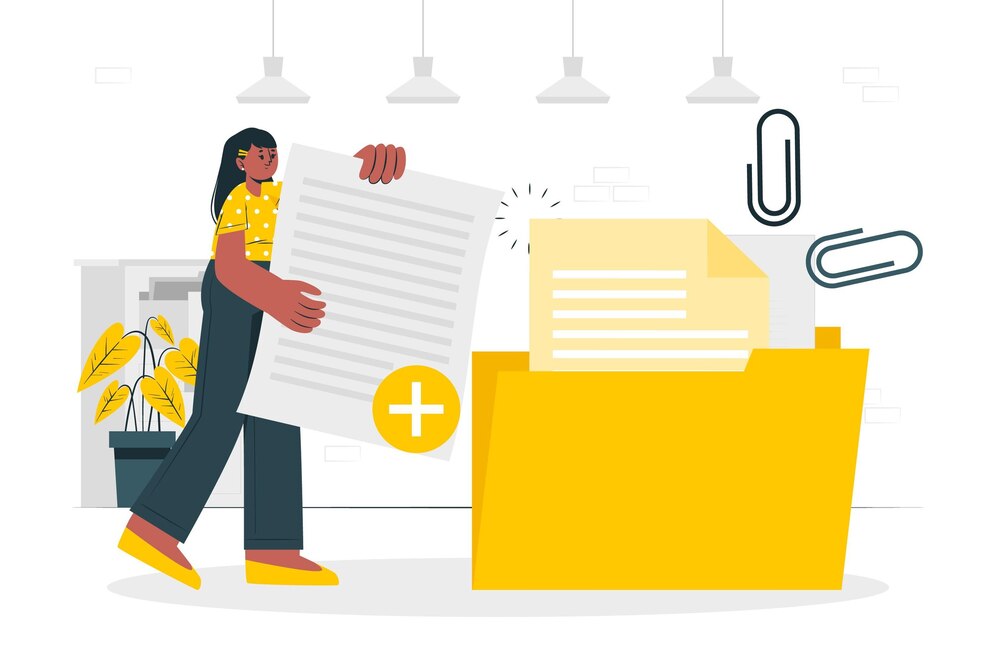
Your Document Checklist:
- ID for yourself (driver's license, state ID, passport, etc.
- Social Security numbers for everyone in your household who's applying
- Proof of income (recent pay stubs, unemployment benefits letter, child support documentation
- Housing costs (rent receipt or mortgage statement, property tax bill)
- Utility bills (electric, gas, water, phone)
- Childcare expenses (receipts or bills from your childcare provider)
- Medical bills (only if you're elderly or disabled)
The Application Process: Step by Step
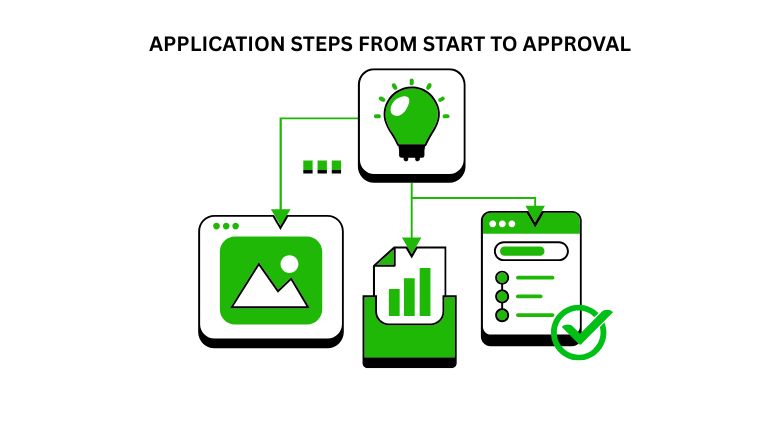
Alright, let’s break down exactly how to apply:
Step 1: Figure Out WHERE to Apply
- Visit the USDA's website and find your state's SNAP office
- Google "[your state] SNAP application"
- Call the SNAP hotline: 1-800-221-5689
Step 2: Choose HOW to Apply
You’ve got options:
- Online: Most states have websites where you can apply from the comfort of your couch. This is usually the fastest and easiest method.
- In person: You can visit your local SNAP office (sometimes called the Department of Social Services, Human Services, or Health and Human Services).
- By mail: Download a paper application, fill it out, and mail it in.
- By phone: Some states let you do the whole thing over the phone.
Step 3: Fill Out the Application
- Who lives in your household
- How much money everyone makes
- Your monthly expenses
- Information about any special circumstances
Step 4: The Interview (Don't Stress!)

After you submit your application, you’ll need to have an interview. This might sound scary, but it’s really just a conversation to verify your information. In most places, this can be done over the phone—you don’t even have to leave your house!
The interviewer will:
- Review the information on your application
- Ask you to clarify anything that's unclear
- Request any documents you haven't provided yet
- Explain how the program works
Pro tip: Write down a list of questions beforehand so you don’t forget anything you want to ask!
Step 5: The Waiting Game
After your interview, the SNAP office will make a decision about your application. This usually takes up to 30 days, but if you have very little or no income, you might qualify for “expedited SNAP,” which can get you benefits within 7 days!
You’ll receive a letter in the mail telling you:
- Whether you're approved or denied
- How much you'll receive each month (if approved)
- How long your certification period is (usually 6-12 months)
Step 6: Get Your EBT Card and Start Shopping!
If you’re approved, you’ll receive an EBT card in the mail (it looks just like a regular debit card). You’ll also get instructions on how to set up your PIN.
Your benefits will be automatically loaded onto this card each month on the same day. In most states, the day is based on your case number or the first letter of your last name.
How to Shop Like a Pro With Your EBT Card
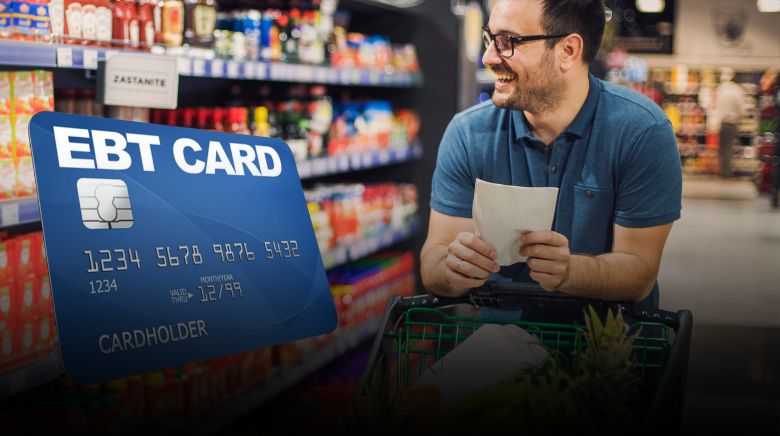
Now for the fun part—using your benefits! Here’s what you need to know:
What You CAN Buy
- Fruits and vegetables (fresh, frozen, or canned)
- Meat, poultry, and fish
- Dairy products like milk, cheese, and yogurt
- Bread, cereals, and other grains
- Snack foods and non-alcoholic beverages
- Seeds and plants that produce food (yes, you can buy vegetable seeds and grow your own food!)
- Baby food and formula
What You CANNOT Buy:
- Alcohol or tobacco products
- Vitamins and medications
- Hot prepared foods or foods meant to be eaten in the store
- Household supplies like soap, paper towels, or diapers
- Pet food
- Cosmetics or hygiene items
Where to Shop:
- Most grocery stores and supermarkets
- Many convenience stores and gas stations
- Some farmers' markets (many even offer double value for SNAP!)
- Some online retailers (Amazon and Walmart offer SNAP online in many states)
Budget-Stretching Tips:
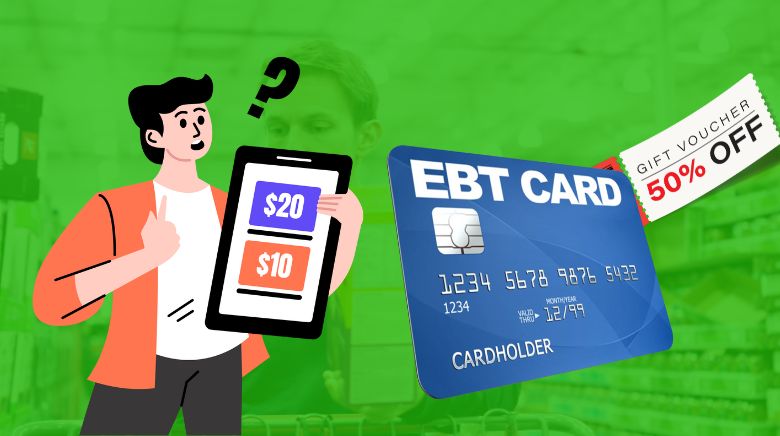
- Check store flyers for sales
- Use coupons (yes, you can use coupons with SNAP!)
- Buy in bulk when it makes sense
- Consider store brands instead of name brands
- Shop seasonal produce
- Plan meals around what's on sale
Keeping Your Benefits: The Renewal Process
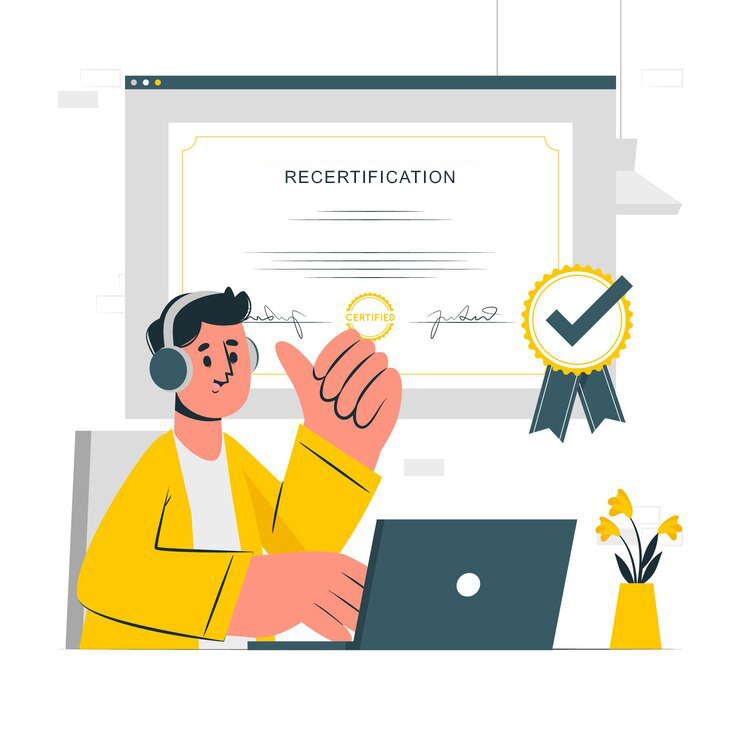
SNAP benefits aren’t forever—you need to renew them periodically. This process is called “recertification.”
How Recertification Works:
- Before your certification period ends (usually 6-12 months), you'll get a notice in the mail
- You'll need to fill out a renewal form and possibly provide updated documentation
- You might need to do another interview (often by phone)
- If you don't renew on time, your benefits will stop!
Important Rules to Follow:
- Report changes in your household income if it goes above the eligibility limit
- Report if someone moves in or out of your household
- Keep your appointments and respond to any requests for information
- Use your benefits regularly (if you don't use them for a year, they'll be removed from your account)
What If Something Goes Wrong?
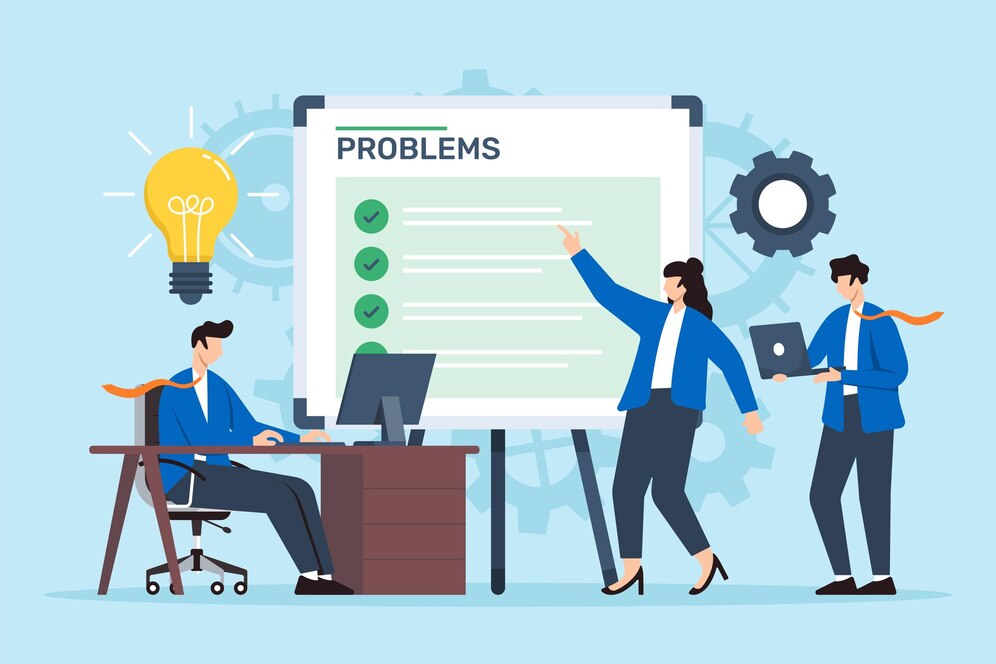
Sometimes things don’t go as planned. Here’s what to do in common scenarios:
If You're Denied Benefits:
- You have the right to appeal! The denial letter will tell you how.
- You usually have 90 days to request a fair hearing.
- Consider getting help from a local legal aid office or community organization.
If Your Card is Lost or Stolen:
- Call the EBT customer service number immediately (it's usually on the back of your card, so write it down somewhere safe!)
- They'll cancel your card and send you a new one.
- In most states, they won't replace benefits that were used before you reported the card missing.
If You Think There's a Mistake in Your Benefit Amount:
- Contact your caseworker or local SNAP office.
- Provide any documentation that supports your case.
- If you're not satisfied with their response, you can request a fair hearing.
Beyond SNAP: Other Programs That Can Help
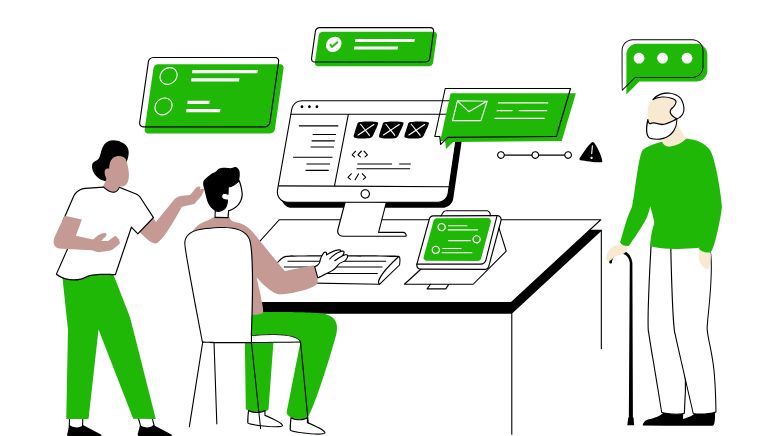
SNAP is awesome, but it’s just one piece of the puzzle. Check out these other programs that might help you stretch your food budget even further:
- WIC (Women, Infants, and Children): Extra food benefits for pregnant women, new moms, and kids under 5.
- Free and Reduced School Meals: Your kids might qualify for free breakfast and lunch at school.
- Summer Food Service Program: Free meals for kids when school is out.
- Food Banks and Pantries: Get free groceries from local organizations.
- Meals on Wheels: Home-delivered meals for seniors.
- TEFAP (The Emergency Food Assistance Program): Free emergency food assistance.
Let's Bust Some Myths About Food Stamps
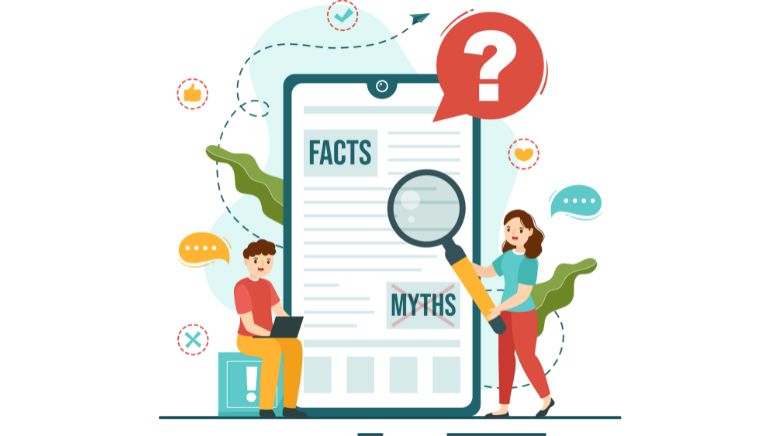
- WIC (Women, Infants, and Children): Extra food benefits for pregnant women, new moms, and kids under 5.
- Free and Reduced School Meals: Your kids might qualify for free breakfast and lunch at school.
- Summer Food Service Program: Free meals for kids when school is out.
- Food Banks and Pantries: Get free groceries from local organizations.
- Meals on Wheels: Home-delivered meals for seniors.
- TEFAP (The Emergency Food Assistance Program): Free emergency food assistance.
Myth: "Only unemployed people can get SNAP."
Truth: Many SNAP recipients actually work! Having a job doesn’t automatically disqualify you. It’s all about how much you earn compared to your household size and expenses.
Myth: "I'll have to pay it back later."
Truth: SNAP benefits are not a loan. You don’t have to pay anything back as long as you provided accurate information.
Myth: "It's embarrassing to use an EBT card."
Truth: EBT cards look just like regular debit cards. Nobody in line at the grocery store will know you’re using SNAP benefits unless you tell them.
Myth: "I only qualify for a small amount, so it's not worth applying."
Truth: Even a small benefit can add up over time. Plus, being enrolled in SNAP might automatically qualify you for other helpful programs!
Myth: "Using SNAP will hurt my immigration status."
Truth: For most immigrants, receiving SNAP does NOT affect your immigration status or ability to become a citizen. (The “public charge” rule that briefly changed this was reversed in 2021.)
Final Words of Encouragement
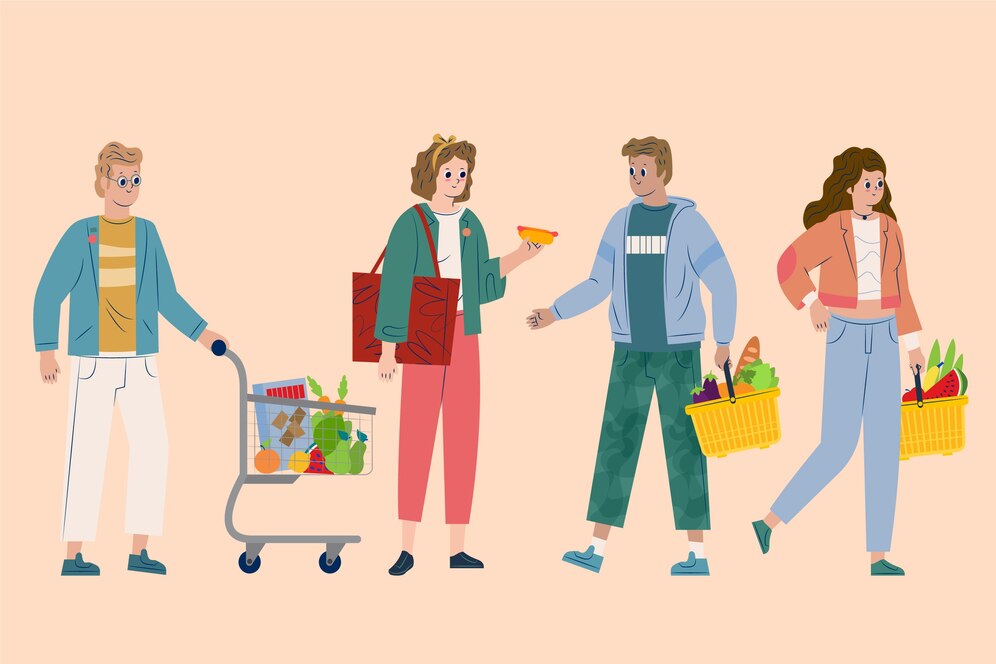
Applying for benefits can feel overwhelming, but remember:
- You're not alone—millions of Americans use SNAP every month
- These benefits exist because everyone deserves access to healthy food
- The application process might seem complicated, but you can do it!
- There are people who can help you if you get stuck
Remember: This guide gives you the general scoop on SNAP, but some details might vary depending on your state. Always check with your local SNAP office for the most up-to-date information for your specific situation







